 There seems to be something ‘fishy’ about God. It’s right there in Genesis. God said, "Let the waters teem with swarms of living creatures.” Voilà – there they are - the great sea monsters and every living creature that moves and swarms in the waters. God saw it and declared it good.
There seems to be something ‘fishy’ about God. It’s right there in Genesis. God said, "Let the waters teem with swarms of living creatures.” Voilà – there they are - the great sea monsters and every living creature that moves and swarms in the waters. God saw it and declared it good.
Even the ancient Greeks were into fish. The Greek word for fish is ichthys which first century Christians used to create the acrostic Iesous Christos Theou Yios Soter, which stands for “Jesus Christ, Son of God, Saviour.” They also used the fish symbol to designate Christ. The word ‘fish’ has plenty of other theological overtones. Christ fed the 5,000 with two fish and five loaves and called his disciples ‘fishers of men.’
It is one thing to know the Christian origin of the fish symbol but did you ever swim with fish? Have you been privileged to touch the sleek body of a dolphin or a tiny baby stingray? Have you been close to a shark or had a manicure compliments of a Scarlet Cleaner Shrimp? I have.
Scuba diving does not have to be your forte to experience any of the above thrills. Forget about Hollywood’s amnesic fish in Finding Dory and the grouchy, seven-legged octopus Hank. As entertaining as the movie was, even in 3D, it just didn’t feel as if you were right there in the midst of God’s awesome fishy creation.
Recently, visiting Ripley’s Aquarium in downtown Toronto filled me with awe! Now, that is a totally different fish story. Although not in the deep oceans, it was an invigorating way to spend a July afternoon with my friends. Ripley’s is home to an awesome miniature version of the Creator’s ‘waters teeming with swarms of living creatures.’
Ripley’s features several mesmerizing aquatic exhibits, my favourite being the incredible walk-through tank. Visualize a stingray leisurely gliding along just above your head within arm’s reach, its glistening white belly in stark contrast to the nearby steel grey shark. Fish swam above and all around me. I was enveloped by 5.7 million litres of marine and freshwater, seemingly sharing the habitat of some of the most exotic critters from across the world. Literally gawking, in awe and wonder, we meandered through exhibit after exhibit teeming with these innumerable exquisite sea and freshwater jewels. I was intrigued by the octopus, Hollywood Hank’s real life relative. Did you know God gave this startlingly strange creature three hearts and a good mind?
Overwhelmed, I sat and pondered, humming the familiar verse of Daniel’s Canticle, “All creation, bless the Lord, seas and rivers, bless the Lord. Dolphins and all water creatures, bless the Lord.” I felt blessed in the presence of God’s magnificent creation. God was palpable in this sacred space. In this kaleidoscope of vibrant colours, I sensed God’s luminous face. The memory lingers, the gratitude remains.
Guest Blogger: Sr. Magdalena Vogt, cps






